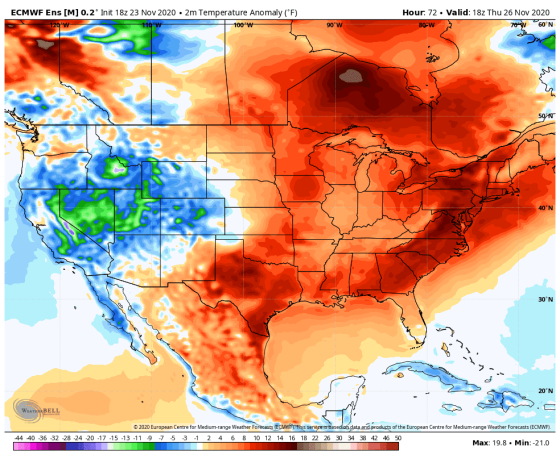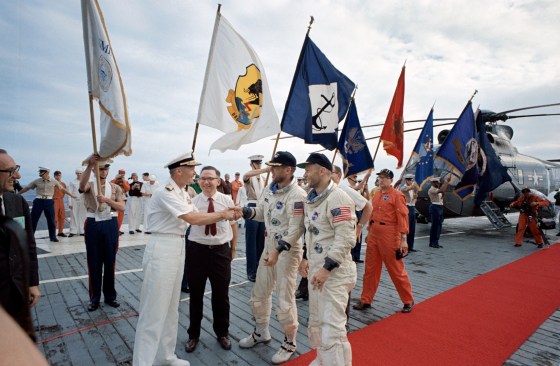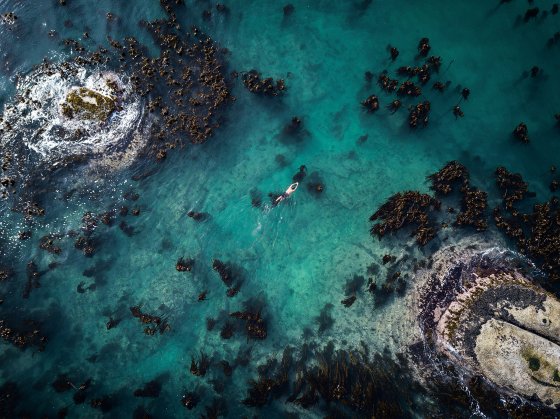The moon’s Ocean of Storms was once a busy place. Back in 1967, the U.S. successfully landed its Surveyor 3 spacecraft in the vast plain in the northern lunar hemisphere; little more than two years later, the Apollo 12 crew returned, touching down within 200 meters (656 ft.) of the Surveyor and collecting more than 34 kg (75 lbs.) of lunar rock and soil to bring back to Earth. But things have been quiet in the Ocean of Storms since—until now.
Nearly 50 years after the U.S. abandoned its lunar dreams, China’s Chang’e 5 spacecraft is set for a Dec. 1 landing in NASA’s long-ago stomping grounds, attempting to become the first country to return any samples from the moon since the Soviet Union’s robotic Luna 24 spacecraft retrieved 170 grams (6 oz.) of lunar soil in 1976. If Beijing succeeds—and its lunar endeavors to date suggest it will—it could portend big things for a country that has fast become one of the world’s leading space powers.
It was at 4:30 a.m. local time on Nov. 24 that Chang’e 5 lifted off aboard a 20-story tall Long March 5 rocket—a launch that was broadcast live across China, “leaving many spectators…in awe and excitement as the gigantic booster thundered skyward,” the China National Space Administration’s official announcement read. That sort of success has been true of all of China’s recent lunar missions. In 2007 and 2010, Chang’e 1 and Chang’e 2 successfully executed lunar orbital missions. In 2013, Chang’e 3 landed on the moon and deployed a small rover. And in 2019 Chang’e 4 did the same, becoming the first spacecraft to touch down on the far side of the moon.
Chang’e 5 will be a landing mission too—but an order of magnitude more difficult than its predecessors. The 8.2 metric ton spacecraft is actually a four-part ship: an orbiter, a lander, an ascent stage and a reentry capsule. On Nov. 28, after a four-day translunar journey, the entire assembly entered an eight-hour elliptical orbit around the moon. It later conducted an engine burn to lower itself into a circular 200 km (120 mile) orbit—about twice the altitude at which the Apollo spacecraft used to fly.
The lander and the ascent stage have since separated from the rest of the craft and the plan for Dec. 1 involves an extensive engine burn that will bring them to a soft touchdown touch down near Mons Rümker, a volcanic formation in the Ocean of Storms that features relatively young and pristine soil—with relatively the key word. The scarcity of craters on the formation suggest that the area is about 2 billion years old, less than half of the moon’s estimated 4.5 billion year-old age.
The lander will spend less than two weeks there, excavating as deep as two meters (about 6.5 ft.) below the surface, and collecting up to 2 kg (about 4.4 lbs.) of rock and soil. Those samples will then be packed into to the ascent vehicle, which will lift off and rendezvous with the orbital segment still circling the moon. The samples will then be transferred to the re-entry vehicle which will separate from the orbiter and peel off for Earth, aiming for a landing in Inner Mongolia sometime in mid-December.
In some ways the final stage of the mission—the reentry through Earth’s atmosphere—will be the most hair-raising. Spacecraft that are orbiting the Earth fly at about 28,200 km/h (17,500 mph) and can more or less ease back into the atmosphere by tapping the brakes and slowing their speed. Spacecraft returning from the moon slam into the atmosphere at a much faster 40,200 km/h and must fly in a sort of roller coaster trajectory as they descend, bleeding off speed and g-forces if they are going to survive the intense heat of reentry.
If Chang’e 5 indeed succeeds in that final step, it will open the door to robotic, sample-return mission from Mars—and, eventually, crewed missions to the moon. Pei Zhaoyu, deputy director of China’s Lunar Exploration and Space Engineering Center, sees the robotic lunar program continuing even after taikonauts—or China’s astronauts—reach the moon. “I think future exploration activities on the moon are most likely to be carried out in a human-machine combination,” he said in a press statement before the launch.
The exact nature of those future missions might be uncertain at the moment, but the likelihood that they will take place is much less so. China—like the U.S. in the 1960s—has made a commitment to the moon. And like the U.S. in the 1960s, it seems determined to make good on it.




